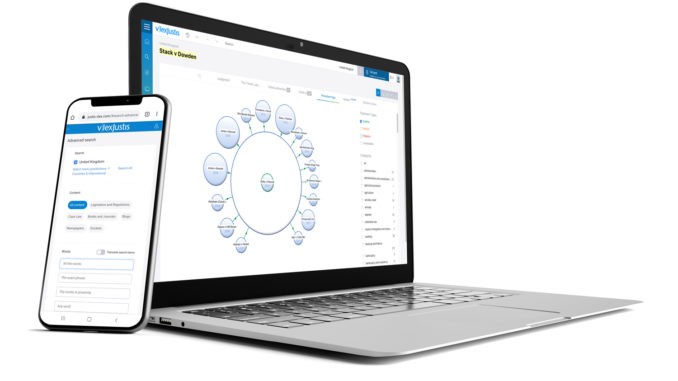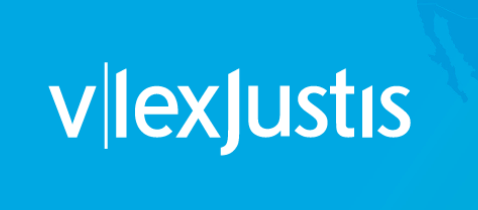
vLex Justis, the legal research group, is now formally launching its new integrated platform following its combination with Justis last year. The combined vLex Justis offering now provides 120 million documents from over 130 jurisdictions, with 20,000 new cases added each month.
The launch is the result of the work of the two legacy companies’ legal technology product development teams in London and Barcelona.
Justis – which started in the UK – has a focus on English law and Commonwealth jurisdictions, while vLex also has a strong global reach including the US and the Spanish-speaking world.
The combined platform includes a range of sources beyond the case law, legislation and regulations that you would expect, and also offers contract resources, plus legal blogs, books, journals and newspapers.
The company added that ‘unlike traditional databases, vLex Justis also indexes content from over 100 external databases’. They’ve also partnered with legal organisations, including the American Bar Association in February this year to offer the legal publishing resources of the nationwide group.
Artificial Lawyer asked London-based Head of Marketing, Matt Terrell, what is different now about the new combined offering? Aside from the combined breadth of resources, Terrell stated that: ‘We are using new AI-powered technology to ingest, categorise and structure legal data faster, which ultimately creates a more efficient searching experience for the user, and allows them to reduce the risk of missing important and related material.’
VLex’s ‘Vincent’ desktop research assistant, will also be available outside of North and Latin America for the first time.
This integration was not an easy feat for the tech teams in Spain and the UK, he added: ‘Designing an intuitive and easy-to-navigate system [for the user] whether they are interested in UK cases or US federal statues, was one of the main challenges facing our product and development teams.’
Terrell added that putting so many disparate sources together, but still managing to give a user a smooth search experience was ‘an enormous task and the outcome is better than we could have imagined’.
Masoud Gerami, Managing Director of vLex Justis, concluded: ‘We’re very proud to introduce vLex Justis…. and this is the first step in bringing about a significant change in the field of legal information research.’

Is this a big deal? Clearly for vLex Justis it is, and it’s the realisation of the hoped for outcome from the two companies’ combination last year. Much was riding on this data integration working out.
In terms of the wider market, vLex Justis clearly has its sights set on being more than just a challenger to the giants of the legal research world, Thomson Reuters/Westlaw and LexisNexis. It’s also clear that the legal research market is becoming more complex, with rival Wolters Kluwer continually updating its capabilities. And Bloomberg Law is steadily expanding its offering in terms of content and tools as well.
A more diverse market provides new opportunities. It tells potential users that there is more choice out there and that may be the catalyst vLex Justis needs to make some firms jump ship. That said, some larger firms with big budgets will sign up for multiple platforms in order to have the widest coverage.
In either case, the duopoly of Thomson Reuters and Lexis is facing more pressure now than ever before when it comes to legal data. However, at the same time, both of these companies have invested heavily in building new tech tools that go far beyond research. In Thomson Reuters’ case they have gone as far as acquiring content sharing system, HighQ. While LexisNexis has formed a JV with Axiom spin-out Knowable, which has a focus on using NLP to analyse contracts for large corporations.
In short, as other companies battle to take part of the legal research market, the Big Two keep pushing outward into new product categories. Interesting times.
One last thought, although we are seeing some consolidation, the end result is larger companies battling each other for market share, rather than just one or two giants, plus a group of far smaller companies. That means more companies that can really provide a comprehensive offering.